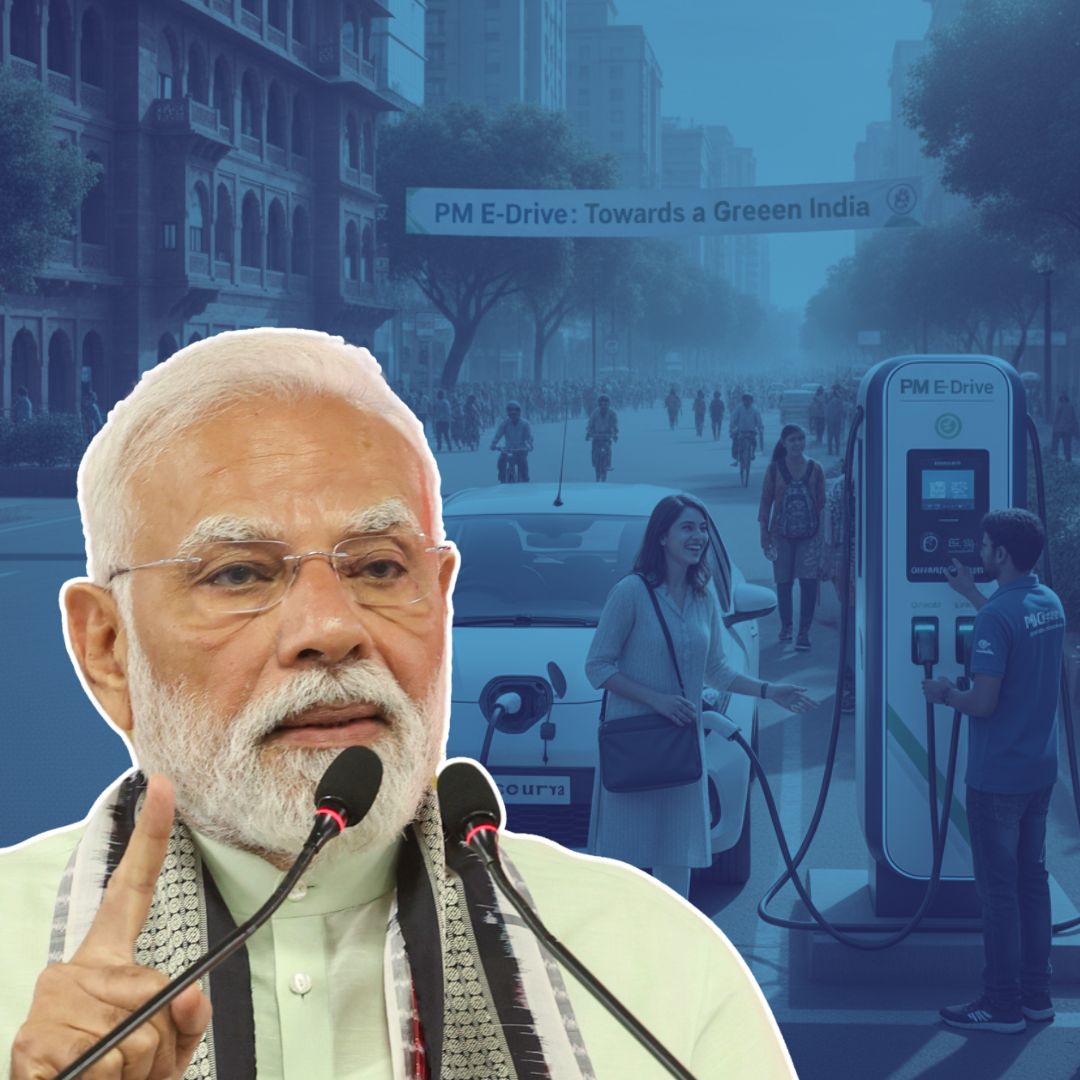India’s government has launched a sweeping 100% subsidy for electric vehicle (EV) charging infrastructure as part of the ambitious PM E-Drive scheme, announced in late September 2025.
With an outlay of ₹10,900 crore, the programme aims to transform urban and rural mobility, dramatically expanding the network of charging stations and enhancing consumer, manufacturer, and planner engagement. Key officials, among them Minister Mahendra Nath Pandey, highlighted this as a pivotal moment for India’s climate and industrial future.
Revolutionising Infrastructure Nationwide
The newly issued government guidelines ensure that both public and private entities, including government offices, schools, and hospitals, can set up EV charging points entirely at the government’s cost for qualifying premises.
As many as 72,300 new public charging stations have been planned, with top priority given to major cities, smart urban centres, and major highways. Mahendra Nath Pandey, Minister for Heavy Industries, stated, “The PM E-Drive scheme is a blueprint for a greener and inclusive future.” Industry and city planners report a surge in interest, while manufacturers expect heightened demand for EVs given that charging barriers are being removed.
Bridging Policy and Public Need
Progress in India’s electric mobility sector, until now, faced hurdles such as patchy charging infrastructure, cost-recovery challenges, and regional disparities. Previous efforts, FAME I and II and EMPS-2024, offered limited reach.
The PM E-Drive scheme resolves many of these issues, integrating Aadhaar-linked e-vouchers for individuals and fleets, and covering a range of EV classes including two- and three-wheelers, trucks, buses, and ambulances. The involvement of local bodies and public sector units sparks a wider, more inclusive participation, promoting the scheme as a catalyst for both metropolitan and rural adoption.
Addressing Implementation Challenges
While the PM E-Drive scheme marks a significant leap forward, several practical challenges remain in its nationwide rollout. One major hurdle is land acquisition in crowded urban areas, where securing suitable and accessible sites for charging stations can be complex and time-consuming.
Furthermore, India’s power grid will require reinforcement and modernization to cope with increased electricity demand from high-capacity fast chargers, especially in transport hubs and metropolitan clusters. Coordinating efforts among central, state, and local governments is also crucial for timely approvals and smooth infrastructure deployment. Private sector participation, particularly in public-private partnerships, will be essential to complement public funding and expertise.
Consumer awareness and education about the location, safety, and costs of using EV chargers must increase to ensure wide acceptance. Experts emphasise that overcoming these challenges through effective collaboration and innovation will determine the scheme’s ultimate success in transforming India’s electric mobility landscape.
Progress and Future Outlook
Since its launch, the PM E-Drive scheme has made significant strides, with operational guidelines now supporting the installation of approximately 72,300 public EV charging stations across India. A dedicated fund of ₹2,000 crore has been earmarked for this infrastructure rollout, prioritising urban centres, smart cities, and key travel corridors.
The scheme also encourages state governments to offer complementary incentives such as road tax waivers and reduced toll fees, enhancing the overall appeal and feasibility of electric mobility for citizens. Ongoing collaboration between central ministries, state authorities, and public sector enterprises aims to ensure smooth implementation and broader coverage, reaching not only metros but semi-urban and rural areas as well. This phased and inclusive approach sets a strong foundation for India’s electric vehicle ecosystem growth in the coming years
The Logical Indian’s Perspective
At its core, the PM E-Drive scheme is an embodiment of empathy, equity, and forward-thinking dialogue. By removing cost barriers and democratising technology, the policy invites all Indians, from urban dwellers to rural commuters, into the clean mobility revolution. This is not just a leap towards a greener environment, but a call for collective community action, harmony, and inclusive growth.
The Centre has rolled out guidelines for setting up 72,300 public EV charging stations under the PM E-DRIVE scheme. According to Heavy Industries Ministry remarkable subsidies of 80%-100% and 80% support are provided on upstream infrastructure. #PMEDRIVE #EVRevolution@MHI_GoI… pic.twitter.com/mRhtcQy066
— DD News (@DDNewslive) September 29, 2025












